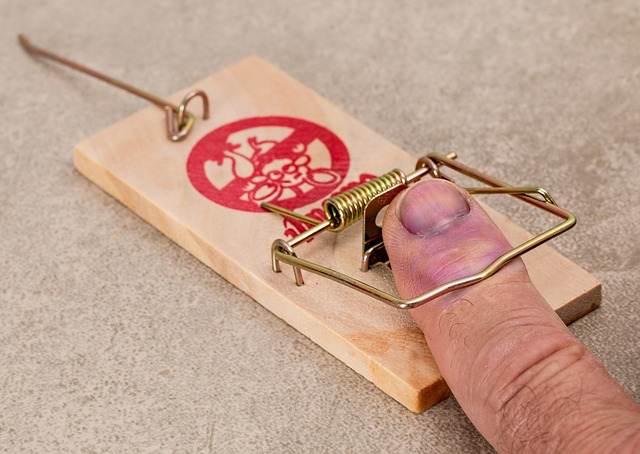Expectations of just how much insurance-linked securities (ILS) collateral could be trapped at the end of 2020 are on the rise, alongside the frequency of losses and total costs from catastrophe events in the United States, it seems.
 Uncertainty over the COVID-19 pandemic and its potential losses for the insurance and reinsurance industry is the other driver, with some of our market sources citing now heightened concerns over this thanks to fresh lockdowns in Europe, as well as rising coronavirus cases and deaths in the United States and how this could impact business interruption losses.
Uncertainty over the COVID-19 pandemic and its potential losses for the insurance and reinsurance industry is the other driver, with some of our market sources citing now heightened concerns over this thanks to fresh lockdowns in Europe, as well as rising coronavirus cases and deaths in the United States and how this could impact business interruption losses.
Retrocessional reinsurance on a collateralised basis remains the key area of focus for trapping at year-end, as market participants speculate over where and how impactful the trapping of collateral could be for ILS funds and collateralised structures later this year.
Earlier in 2020, while it was already clear that the COVID-19 pandemic and uncertainty associated with property contract business interruption claims would result in some ILS collateral being trapped at year-end, the focus wasn’t so much on the United States.
In fact, the focus for collateral trapping was largely on areas of the collateralized reinsurance market such as all-perils and non-U.S. property reinsurance or retrocession contracts, as well as some quota share sidecars.
These structures were seen as the segments of the market most likely to see collateral trapped due to the uncertainty over COVID-19 claims and BI.
But now the scope of potentially trapped contracts has widened somewhat, we understand, to also include certain aggregate contracts exposed to U.S. property catastrophe risks.
First, COVID-19 and an update on what we’re hearing with respect to the ongoing global pandemic.
It remains the case that uncertainty over potential losses, rather than actual reported claims, is likely to drive the trapping of ILS capital because of the pandemic.
In the main, it’s seen as something most likely to crystalise in the collateralised retrocession space, rather than pure reinsurance.
In fact, many of the reinsurance programs in the market with the greatest COVID-19 BI exposure are already well known and ILS funds have side-pocketed their exposures to these proactively, we understand.
It remains the case that wordings, geographies and structures of coverage are going to be key when it comes to deciding which areas of collateral get trapped, or not.
With retrocession, particularly aggregate, there is great uncertainty, as ILS funds may not get much visibility of the potential for collateral being trapped until late in the year, by which time they are typically already making plans to recycle and redeploy collateral into contracts for the new year renewals.
In some cases, when it comes to retro, cedants are likely to seek to hold onto the collateral because they themselves just don’t know the extent of their losses from the pandemic yet and this uncertainty is being heightened by fresh lockdowns and accelerate COVID-19 case rates, elevating the chances for collateral being trapped, we understand.
Now, onto the growing concerns that U.S. catastrophe loss frequency could also drive some additional trapped collateral this year.
With near-record named tropical storm and hurricane activity, plus wildfires still burning, all coming after a vigorous year of severe thunderstorm, severe weather or convective weather and hail losses in the States, while actual insurance industry losses are nowhere near record levels, the frequency of impacts and attrition is set to trap some more ILS collateral at year-end.
With the catastrophes there is less uncertainty than with the pandemic, of course. But with two months left to go, these events are aggregating and could also combine with the COVID threat to encourage more collateral to be held, our sources said.
All of which means the last two months of the year will be very busy, while the reinsurance renewals are likely to be very late for January 2020.
Negotiations over the trapping of collateral, versus rolling it into new coverages, are likely to be a key feature of the renewals.
With COVID set to be a threat right through the end of the year and beyond, this is uncertainty that won’t go away readily. While the catastrophe exposures of the year are likely to at least be better understood, with one caveat that wildfire activity could further complicate the issue if it persists right through into year-end.
It’s no surprise that ILS funds are looking at ways to better manage side-pockets and collateral trapping at this time, with this now set to be the fourth year where it is seen in the market, to some degree.
As year-end approaches, all of this could serve to make the catastrophe bond market an even more attractive source of retrocession capacity, and there is every chance the cat bond market sees a very active first-quarter of 2021 once the renewal is digested and cedants are looking for additional coverage.
 View all of our Artemis Live video interviews and subscribe to our podcast.
View all of our Artemis Live video interviews and subscribe to our podcast.
All of our Artemis Live insurance-linked securities (ILS), catastrophe bonds and reinsurance video content and video interviews can be accessed online.
Our Artemis Live podcast can be subscribed to using the typical podcast services providers, including Apple, Google, Spotify and more.































